Trailblazers: 6 Groundbreaking Female Artists You Should Know
Get to know these groundbreaking female artists in time for International Women’s Day
Get to know these groundbreaking female artists in time for International Women’s Day
Frida Kahlo, Tracey Emin, Georgia O’Keeffe, Yayoi Kusama. You know these names. These are female artists whose work is celebrated today on a global scale. Women whose art has broken boundaries, and women whose art is world famous. But what about the women artists who paved the way for the stars of today by making their art long before it was deemed appropriate for them to do so? Their names may not be so instantly recognizable, but the groundbreaking talent of these six artists deserves to be remembered and applauded.
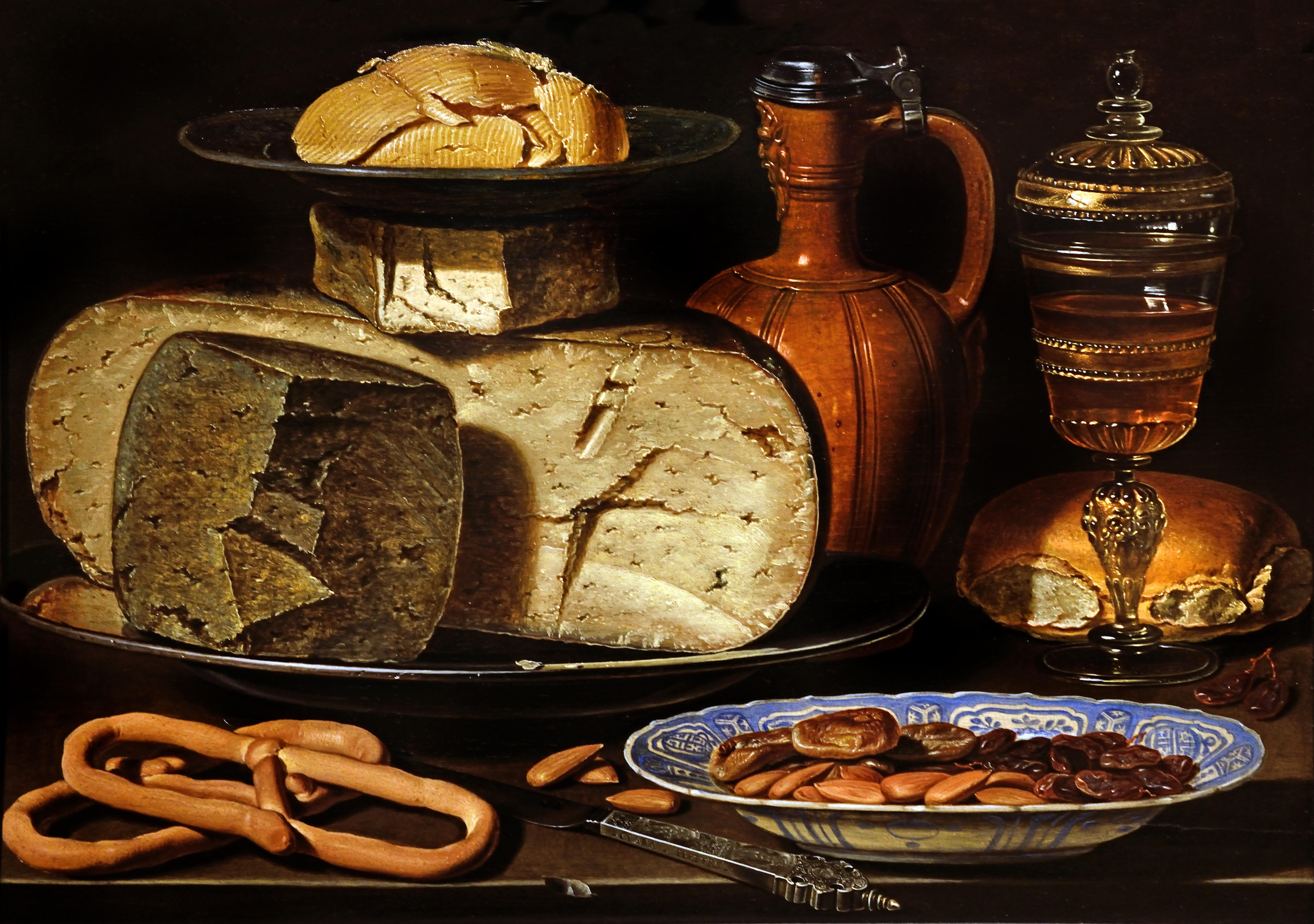
In 2016, Madrid’s Prado Museum put on its first ever exhibition dedicated to a woman artist, and rightly chose the remarkable Clara Peeters to break its 200-year fast. Peeters, whose contemporaries included Brueghel the Younger and Rubens, defied colossal odds to become an artist at a time when the art world preferred women to be neither seen nor heard.
Despite this, Peeters’s masterful, meticulous still-lives—of glistening, freshly caught fish, crumbly tarts, and huge wedges of cheese in waxy rinds—put her at the vanguard of the Dutch Golden Age; she was also a leading exponent of ontbijtjes, or “breakfast piece” works. Look closely at her paintings and you will see something else that sets her apart: Peeters was the first known artist to incorporate self-portraiture into her paintings. There reflected in metal goblets and glass vases is her image, a technique other Flemish artists soon copied.

Marie Antoinette’s favorite portraitist was born in Paris in the middle of the 18th century. Her father, a minor painter, taught her the basics, but she very soon outpaced him. Given that her gender barred her from taking formal art classes, an apprenticeship and, of course, from doing life drawing, she taught herself by scrutinizing paintings in the Royal Collection, and by copying plaster casts.
Vigée Le Brun’s talent lay in producing beautiful portraits that “airbrushed” her sitters’ flaws, showing them in the most exquisite light. Large noses, double chins, crooked teeth were given a subtle makeover, so that her subjects appeared on her canvas looking like their best selves—no wonder then that she was among the most sought-after painters of her day. She was also known for flaunting the rule book, painting her subjects, and indeed herself, in outfits or with facial expressions that were deemed highly inappropriate at the time by her critics.
She fled France during the French Revolution, settling in Russia, and eventually returned to France with a full pardon, where she resumed painting aristocratic and royal figures.
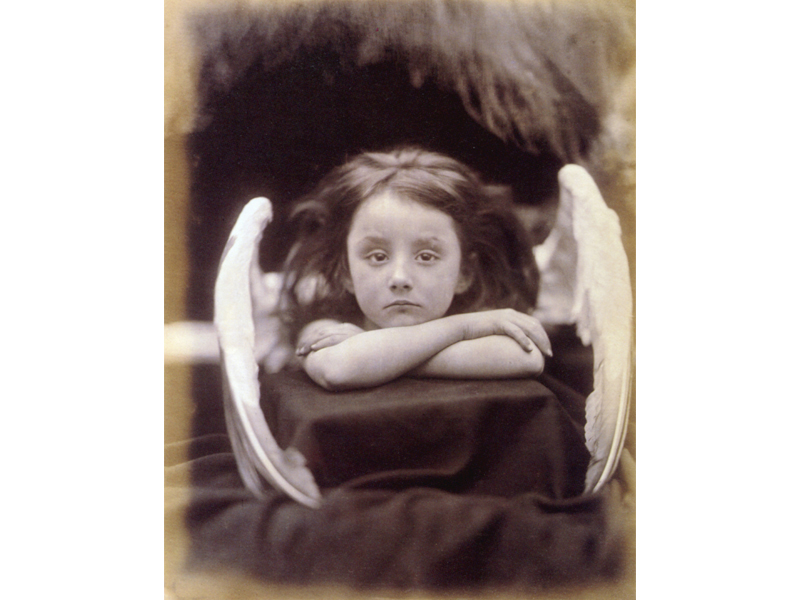
One of the 19th century’s most important, creative, and pioneering photographers, Julia Margaret Cameron produced work that pushed the boundaries of the medium. Her intense, searching images—always portraits—often showed her subjects in historical or Biblical tableaux and just as often showed the mechanics of producing a photograph. Unlike other photographers, she didn’t destroy images that were scratched or smudged, and these flaws lent her pictures an added point of difference.
Her models were the people in her life—domestic staff, friends, and family—as well the leading intellectuals of the day: Alfred Tennyson, the astronomer Sir John Herschel, Anthony Trollope, and Charles Darwin were among the ‘great men’ she liked to shoot.
Looking at her remarkable pictures, it’s hard to believe that she was 48 when she took up photography, after she was given a camera by her daughter and son-in-law. Over the next 11 years, she produced photographs that still sizzle with life some 150 years later.
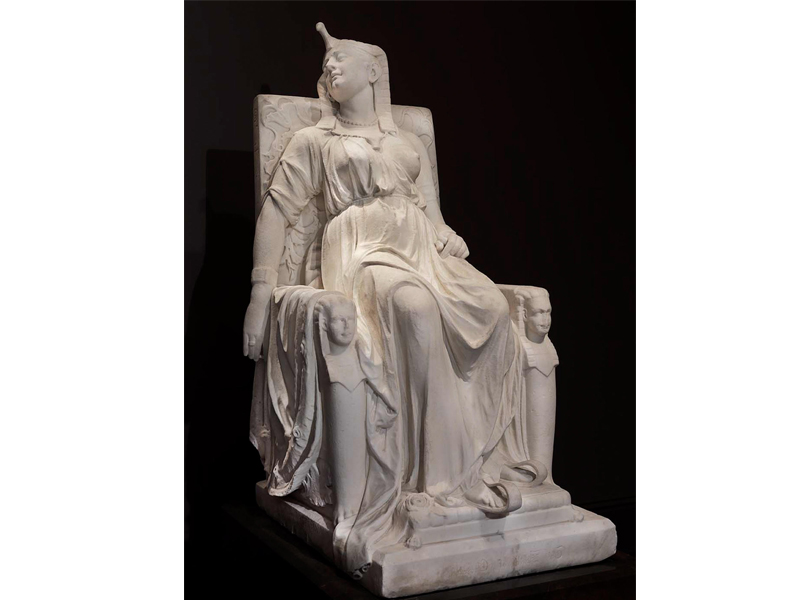
“A black sculptress is rarer than a black swan,” said the San Francisco Chronicle about the Native American and African American artist Edmonia Lewis. Though her neoclassical sculptures, which often depicted the plight of black people, sold well during her lifetime, she disappeared from public life in the 1880s, dying in obscurity in 1907. Her most famous piece, The Death of Cleopatra (1876), showing Cleopatra dying on her throne, suffered a similar fate: it was lost for decades, eventually turning up covered in paint in a shopping mall storeroom in Illinois.
Further investigation revealed how it had spent the intervening years—sitting on the grave of a horse called Cleopatra at a suburban racecourse in Chicago—and then in a salvage yard. Thankfully both the statue, now in the Smithsonian American Art Museum, and Lewis have now been reclaimed by the art world, finding a new global audience.
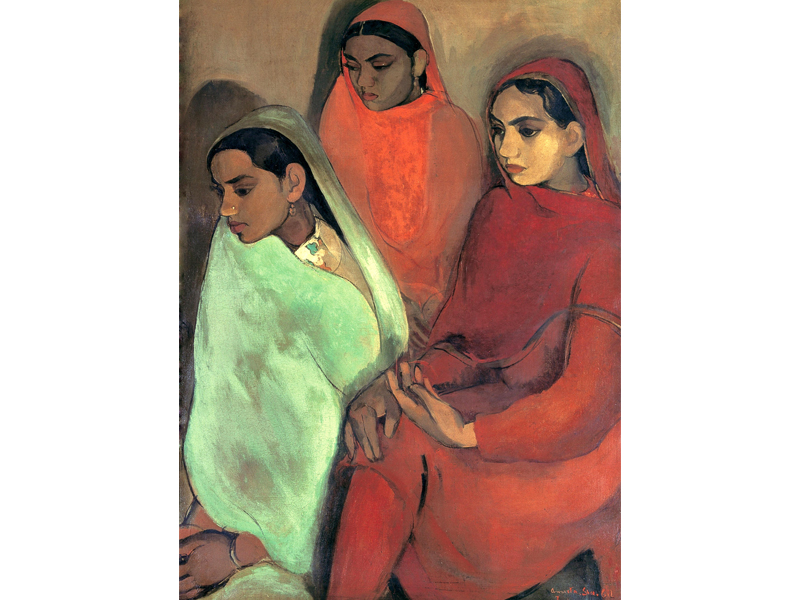
Once seen, Amrita Sher-Gil’s rich images of women going about their business are never forgotten. Powerful, feminist, and utterly engrossing, they penetrate the heart and aloneness of their subjects. In Group of Three Girls (1935), one of her most celebrated works, a trio of women sit together, but each is lost in her own melancholy, trapped by the confines of her own situation.
Born in Budapest to a Hungarian-Jewish opera singer mother and Sikh aristocrat and scholar father, Sher-Gil moved to Paris when she was 16, studying at the Académie de la Grande Chaumière and the Ecole des Beaux-Art. Six years later, she moved to India, realizing that her artistic mission was to “interpret the life of Indians and particularly of the poor Indians, to paint those silent images of infinite submission and patience”.
Sadly, she wasn’t given long to fulfil her ambitions. She died in 1941, aged only 28—possibly from complications arising from a failed abortion—and just before the opening of her first major solo show in London.
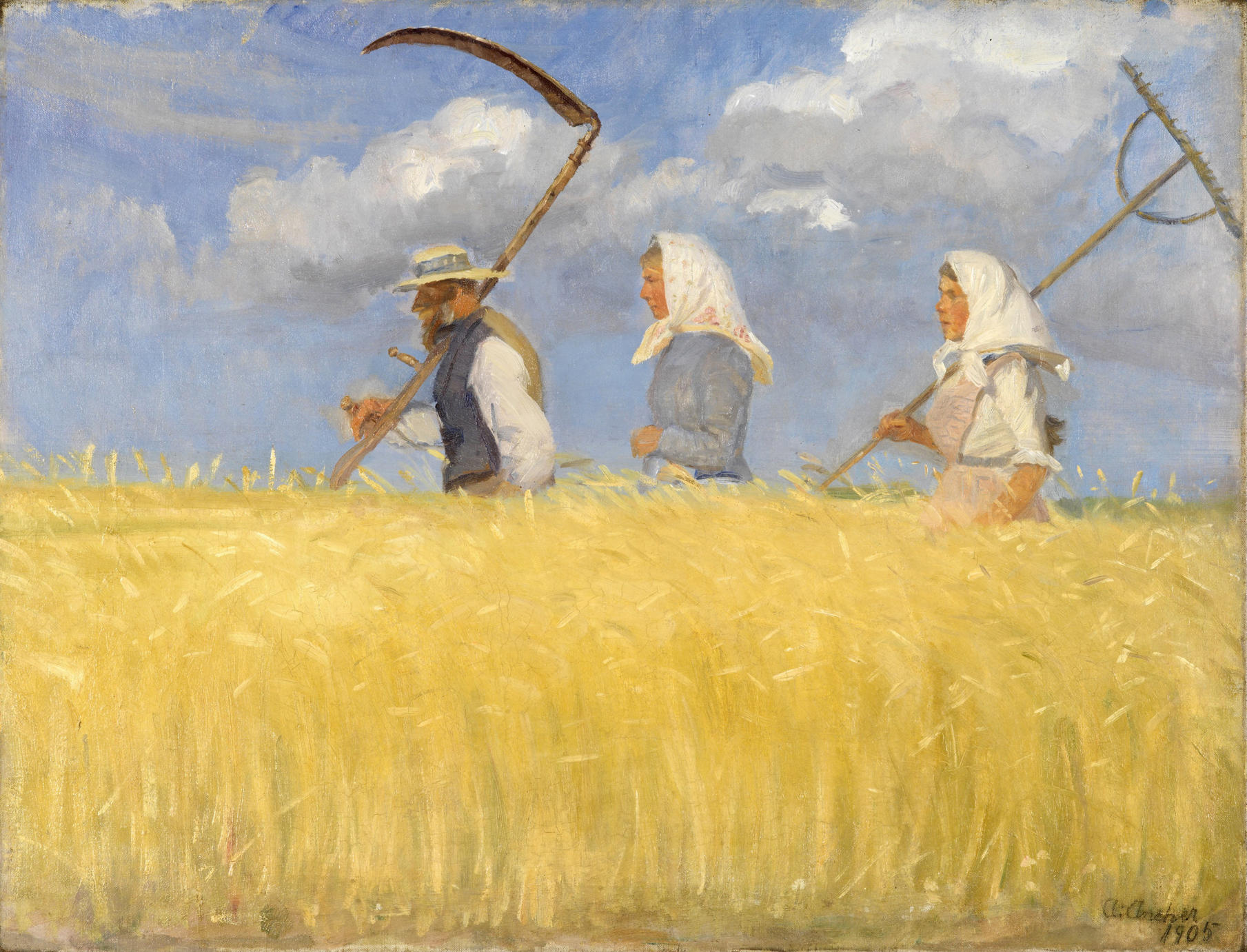
Anna Ancher is widely regarded as Denmark’s most important Impressionistic artist. She was part of the “Modern Breakthrough,” a Scandinavian art and literature movement that rejected idealization in favor of realism, and also a member of the Skagen Painters, who wanted to represent their town’s natural beauty.
Unlike them, Ancher went into the homes of her neighbors and showed them going about their chores. Her beautiful brushstrokes and skill as a colorist imbued her work with light, forging the way for a new style of modern painting. She broke new ground, too, by continuing to pursue her artistic ambitions even after her marriage to fellow painter Michael Ancher—unusual for women at that time.
In 2004 both she and her husband were featured on the Danish 1,000 kroner bill, a fitting tribute to their contribution to the art world.